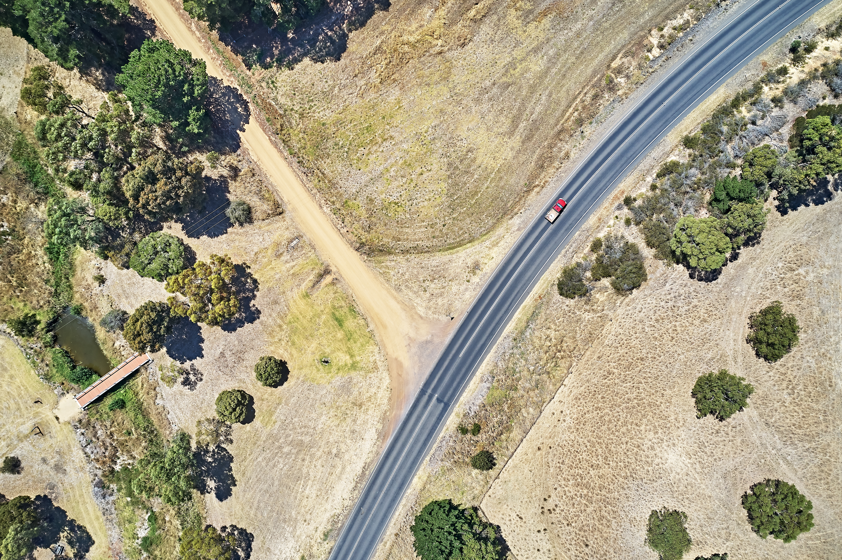Today NAB communicated updates to policies that govern how we lend to companies and institutions working in a number of carbon intensive sectors.
NAB signed the United Nations Environment Programme Finance Initiative’s (UNEPFI) Collective Commitment to Climate Action (CCCA) in 2019, committing us to evolve our business operations and lending portfolio to be net zero by 2050. As part of this, we will set and publish decarbonisation targets across our lending portfolio in our 2022 annual reporting suite.
We reviewed our thermal coal-related exposures in 2019 and oil and gas-related exposures this year. As a result, we have updated our fossil fuel lending policies while also making sure we continue to support national energy security, Australian jobs and communities. This is important in our role as the bank that supports customers in the transition to low-carbon operations.
As we manage our lending, we will use the International Energy Agency’s Net Zero Emissions (IEA NZE 2050) scenario as the reference point to guide our decarbonisation pathway. This scenario outlines a path to limit temperature rises to 1.5 degrees Celsius by 2050.
Within this framework, our policies are:
Oil and gas
- We have capped oil and gas exposure at default at USD2.4 bn* and will reduce our exposure from 2026 through to 2050, aligned to the IEA NZE 2050 scenario. This provides for measured re-orientation of client activity ensuring NAB can continue to support clients committed to transition.
- We will only consider directly financing greenfield gas extraction in Australia where it plays a role in underpinning national energy security.
- We will not directly finance greenfield gas extraction projects outside Australia.
- We will continue to support integrated liquified natural gas (LNG) in Australia, New Zealand, and Papua New Guinea and selected LNG infrastructure in other regions, under the oil and gas exposure cap.
- We will not directly finance greenfield oil extraction projects or onboard new customers with a predominant focus on oil extraction.
- We will not finance oil and gas extraction, production or pipeline projects within, or impacting, the Arctic National Wildlife Refuge area or any similar Antarctic Refuge.
- We will not directly finance oil/tar sands or ultra-deep water oil and gas extraction projects.
Coal policies
- We will not finance new or material expansions of coal-fired power generation facilities.
- We have capped thermal coal mining exposures at 2019 levels and have updated our target to reduce thermal coal mining exposures by 50% by 2026 and to reduce to effectively zero by 2030 apart from residual performance guarantees to rehabilitate existing thermal coal mining assets.
- We will not finance new thermal coal mining projects or take on new-to-bank thermal coal mining customers.
- From FY22, we will separately report our thermal coal-related rehabilitation performance guarantees as part of reporting our resources exposures.
- We recognise that currently there are no readily available substitutes for the use of metallurgical coal in steel production. We will continue providing finance to our customers in this segment, subject to enhanced due diligence which further considers underlying environmental, social and governance risks.
* The cap of USD2.4 bn was determined giving consideration to the three-year average exposure up to 30 September 2021 due to COVID impacts. Use of USD for the purposes of this cap is to account for currency movement because the majority of the portfolio is USD denominated. From 2022, oil and gas exposure at default will be reported in USD. For the purposes of this review oil and gas included: oil and gas extraction (upstream); liquefied natural gas (LNG) production (not at refineries– downstream LNG); and LNG production at wellhead (integrated LNG).




